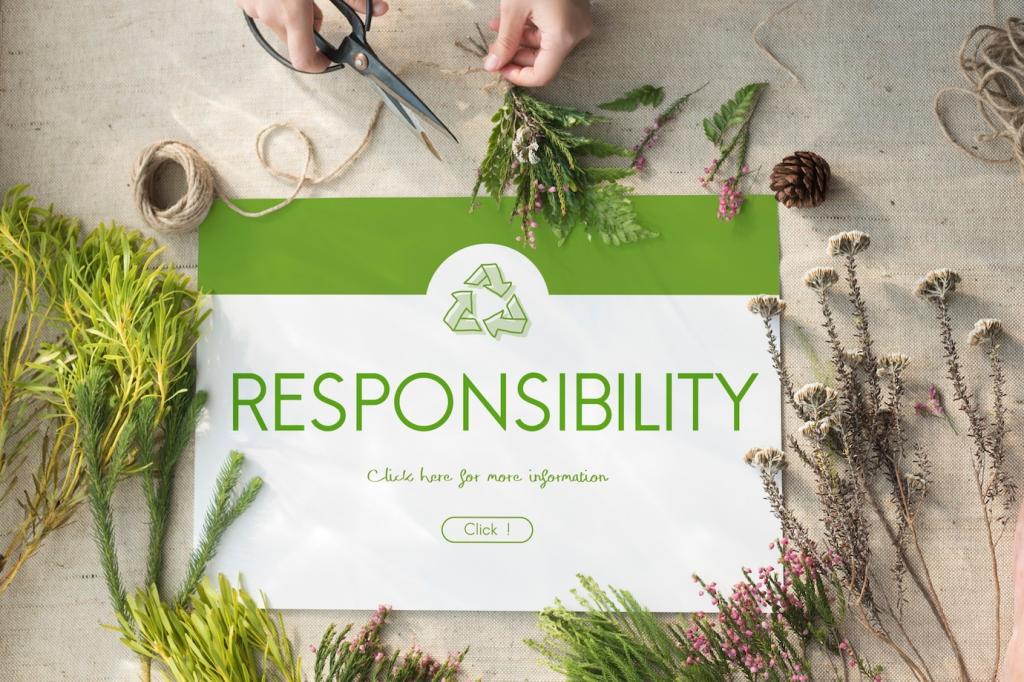Policy Pathways Cities Can Put to Work Today
In California and Massachusetts, local governments used Community Choice programs to procure cleaner electricity portfolios while keeping rates competitive. Residents saw tangible benefits—more local solar, reinvested revenues, and clearer carbon reporting. Tell us if your city is exploring aggregation and what questions neighbors still have.
Policy Pathways Cities Can Put to Work Today
Cities that adopt solar-ready codes make future installations cheaper and faster by planning conduit, roof load, and panel placement from day one. Early movers like Lancaster and South Miami proved building rules can unlock thousands of rooftops. Would your planning board support similar requirements? Comment with your perspective.





